Search Images
Browse Content (p. 1466)
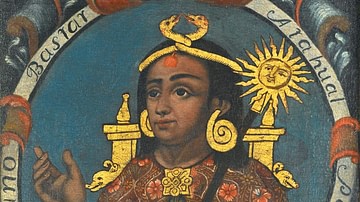
Image
Atahualpa
An 18th century CE idealised portrait of the last Inca ruler Atahualpa, r. 1532-1533 CE. (Brooklyn Museum, New York)
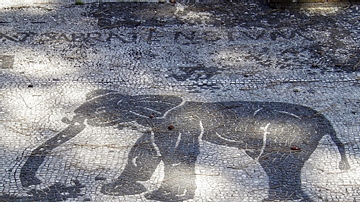
Image
Elephant Mosaic from Ostia
Black-and-white mosaic with an elephant in the Piazzale delle Corporazioni (Square of the Corporations) at Ostia Antica, Italy. The inscription as well as the elephant show that merchants from Sabrata (Libya) traded in wild animals and/or...
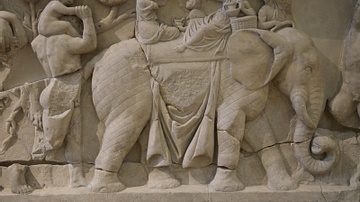
Image
Detail of Roman Sarcophagus with an Elephant
Detail of the "Pashley Sarcophagus", a Roman sarcophagus with a relief showing the triumphal return of Dionysos from India, circa 125-150 CE, found in Arvi (Crete). Fitzwilliam Museum, Cambridge (UK).

Image
Detail of a 6th-century Elephant Mosaic
Detail of a 6th-century mosaic floor that used to decorate the pavement of the peristyle court of the Palatium Magnum, the Great Palace of Constantinople. The Great Palace Mosaic Museum houses mosaics from the Byzantine period, unearthed...
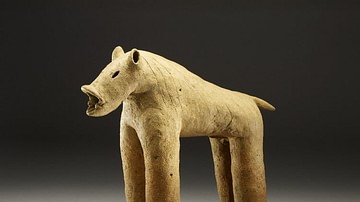
Image
Wild Boar Haniwa
Pottery haniwa figure of a wild boar from Kofun Period Japan.
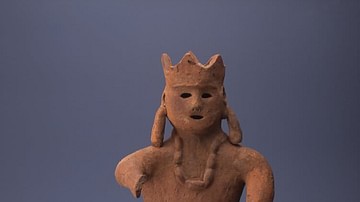
Image
Haniwa, Kofun Period
Terracotta Haniwa figure from Kofun Period Japan.
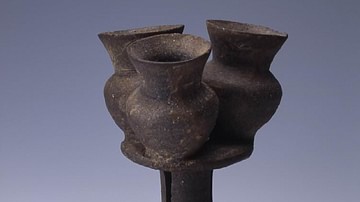
Image
Sueki Stoneware from the Kofun Period
Three jars on pedestal platform, made of high-fired stoneware with natural ash glaze, from early 6th century Kofun Period Japan.
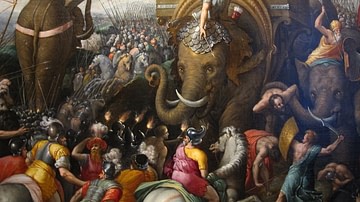
Image
Battle of Zama
A 16th century CE painting depicting the Battle of Zama between Rome and Carthage in 202 BCE.
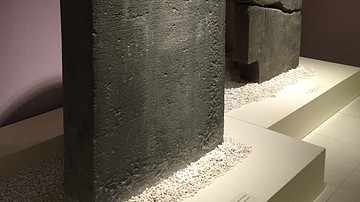
Image
Tablets with King Nabonidus Inscriptions, Harran
These large tablets comes from the 6th-5th century BCE. They contain the inscriptions from King Nabonidus, who was the last king of the Neo-Babylonian Empire, reigning from 556–539 BC. These tablets were found in Harran - near Sanliurfa...
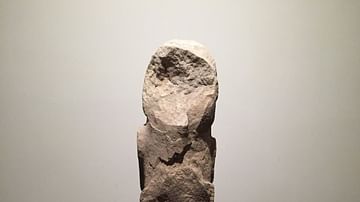
Image
Totem Statue - Göbekli Tepe
This totem statue was found at the Göbekli Tepe site near Sanliurfa, Turkey. The Göbekli Tepe site is the oldest man-made place of worship yet discovered, dating back to 10,000 BCE. Found in the cradle of civilization, Göbekli Tepe has reshaped...